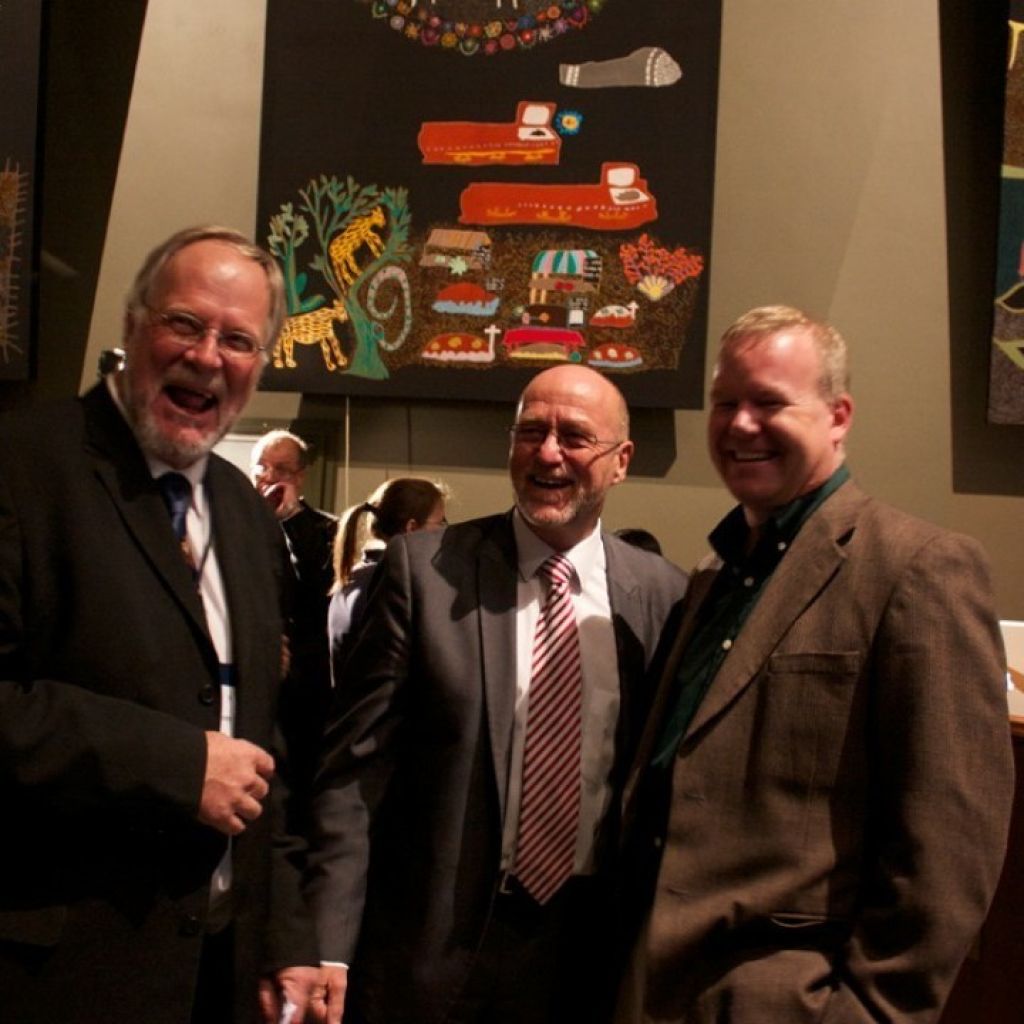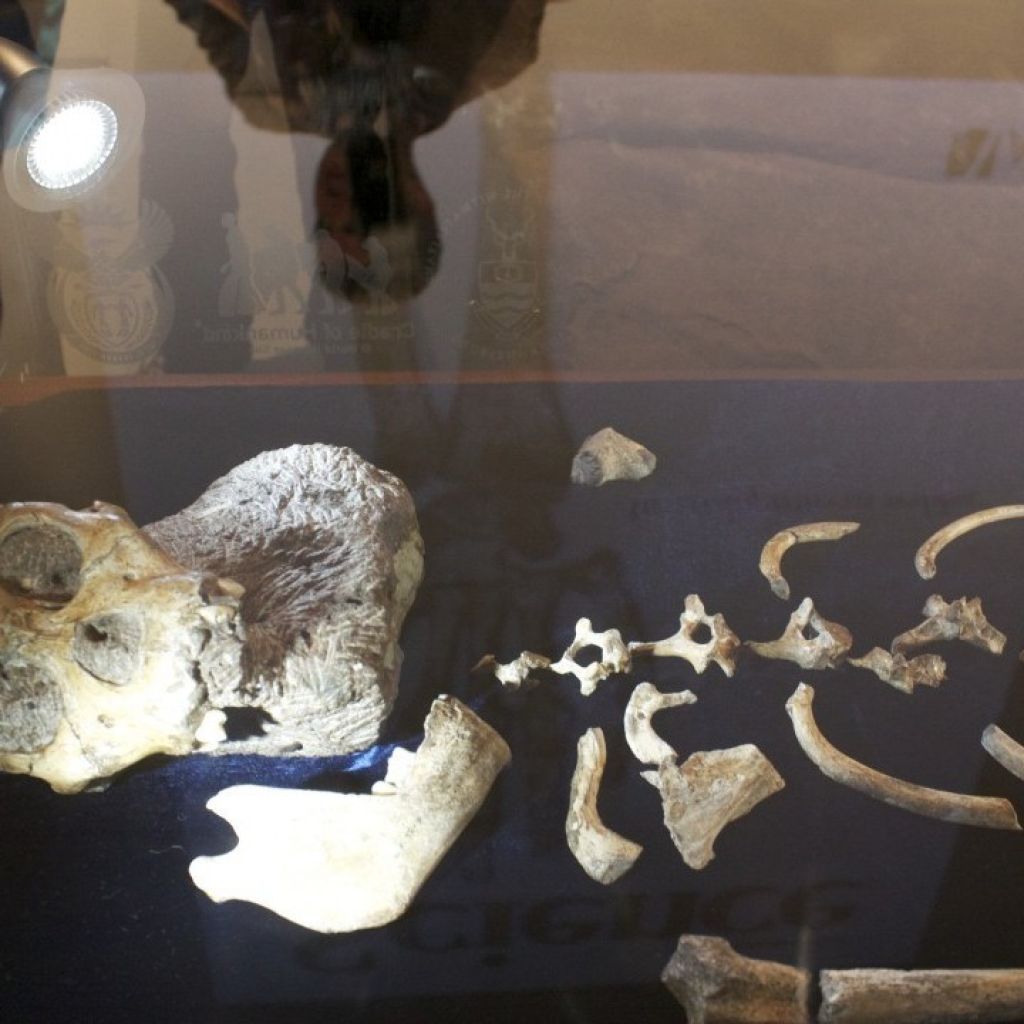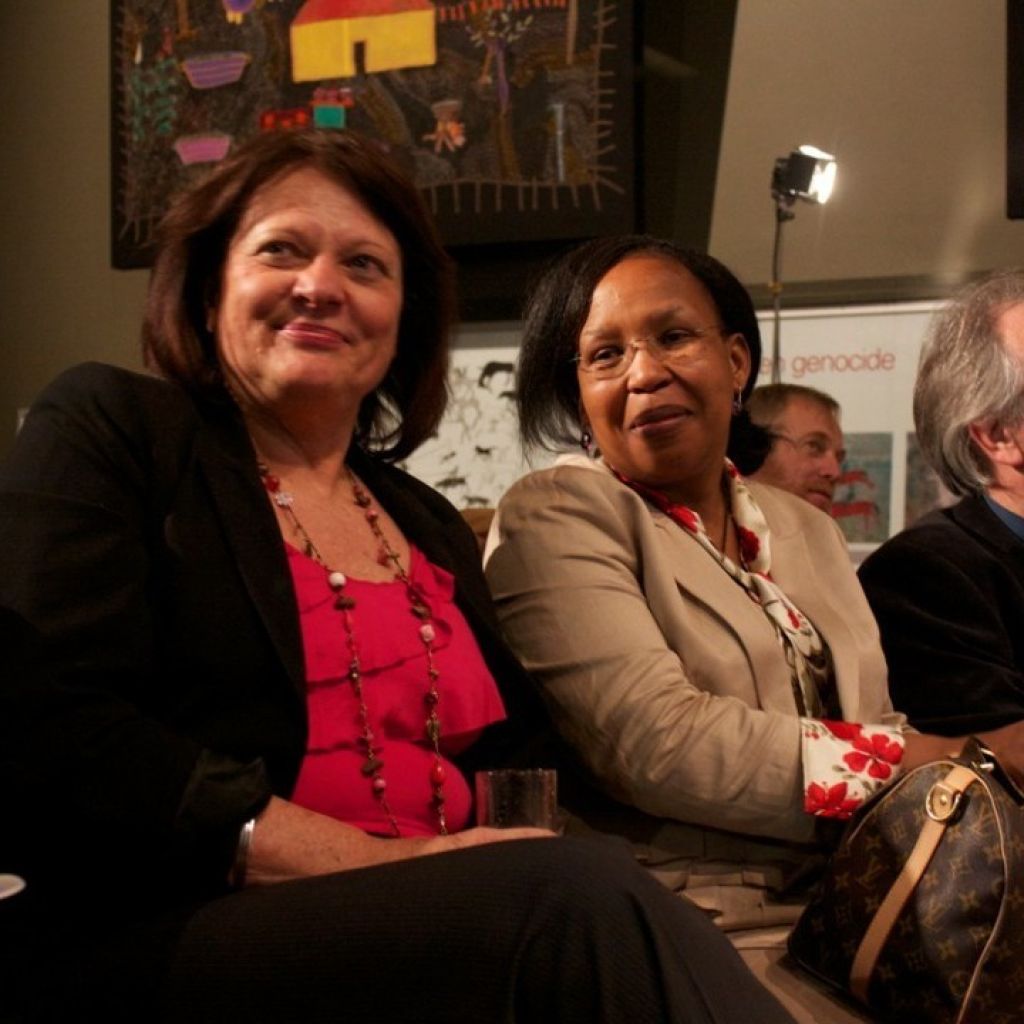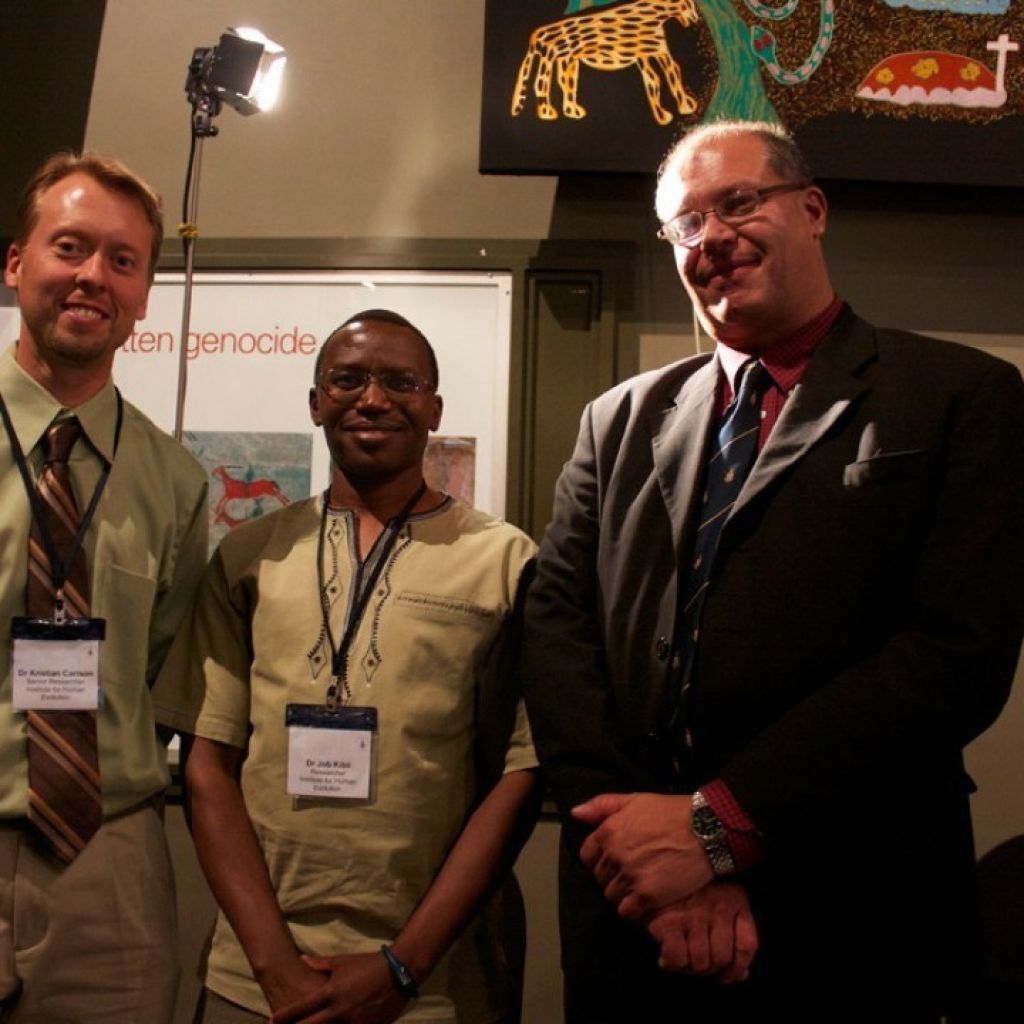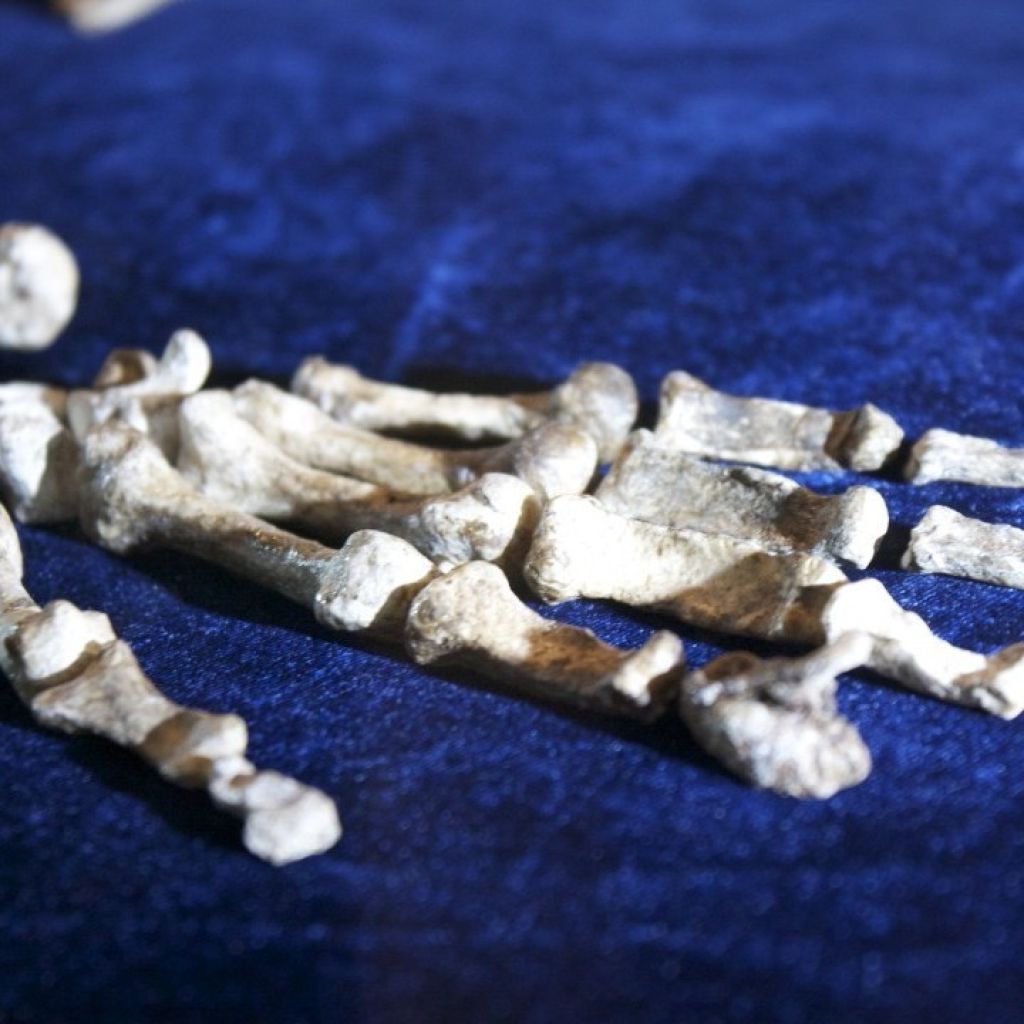New research on Australopithecus sediba announced at Wits – photo essay
New evidence on the Australopithecus sediba fossils discovered at the Cradle of Humankind may reshape the way scientists think about early hominid evolution.
It was announced earlier today at the University of the Witwatersrand (Wits) that five papers on this research would be published in the prestigious journal Science.
The event was attended by special guests such as Deputy Minister of the Department of Science and Technology Derek Hanekom, Gauteng MEC for Economic Development Qedani Mahlangu and Director of the Institute for Human Evolution Professor Frances Thackeray, among many others.
Professor Lee Berger, who has led the research on Australopithecus sediba spoke at the event, and revealed rare new fossils that include a pelvis, hand and brain endocast.
Maropeng will be hosting the original fossils of the adult Australopithecus sediba specimen known as MH-2 as part of a new fossil display, More secrets of sediba revealed from September 9 to 26.
